#gagrin
Explore tagged Tumblr posts
Photo
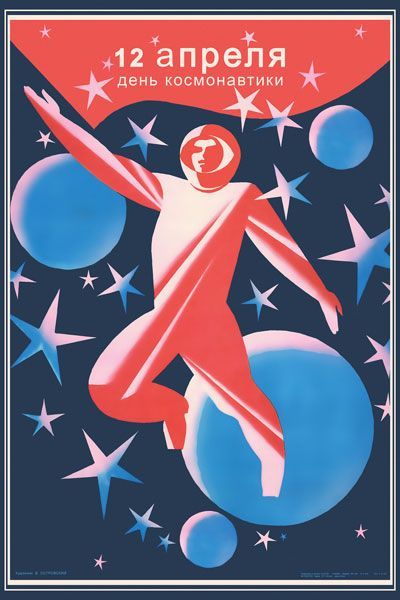
37 notes
·
View notes
Text

Glory to the Soviet people, the conquerors of space!
We, the soviet people building communism, have the honor of being the first to enter space. (1961)
26 notes
·
View notes
Text
Merci beaucoup La Sécurité et Wave Punx
Das war ein ganz formidabler Glücksgriff mit La Sécurité aus Montreal sowie auch #WavePunx aus Dresden am Dienstag im #Museumskeller #Erfurt. #LaSécurité
Das war ein ganz formidabler Glücksgriff mit La Sécurité aus Montreal sowie auch Wave Punx aus Dresden. Der gute gute Peter aka sincitypics hatte wieder Knipsdienst und hat ein paar schöne Momente festgehalten. Vielen lieben Dank Peter. Außerdem natürlich Danke an Isi, Achim & Ramon vom Museumskeller, Martin, alte Keule, für den Ton, Martha & AnnOi! für Awareness sowie Nico für den Einlass. Und…
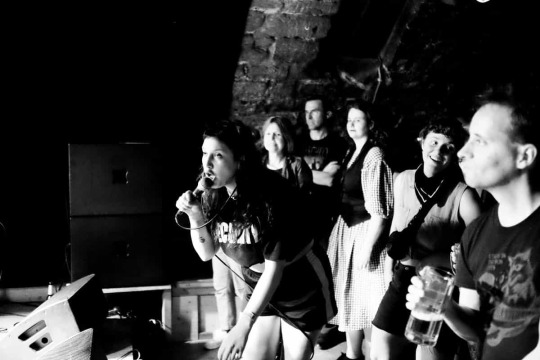
View On WordPress
#Achim#Annie-Claude Deschênes#art punk#Automatic#Bilder#Choses Sauvages#DATES#Devo#DISTORSION Psych Fest#Dresden#Duchess Says#E.S.G.#Erfurt#FME#Fotos#Juri-Gagrin-Ring#Kalisch#La Sécurité#Laurence-Anne#Le Tigre#Montréal#Mothland#Museumskeller#New Wave#Orchestre Tout Puissant Marcel Duchamp#Phoque OFF#Pressure Pin#Punk#Punkrock#Ramon
0 notes
Text
please stop tagging things as yuri i keep thinking about. this too is yuri. yuri gagrin.
0 notes
Text
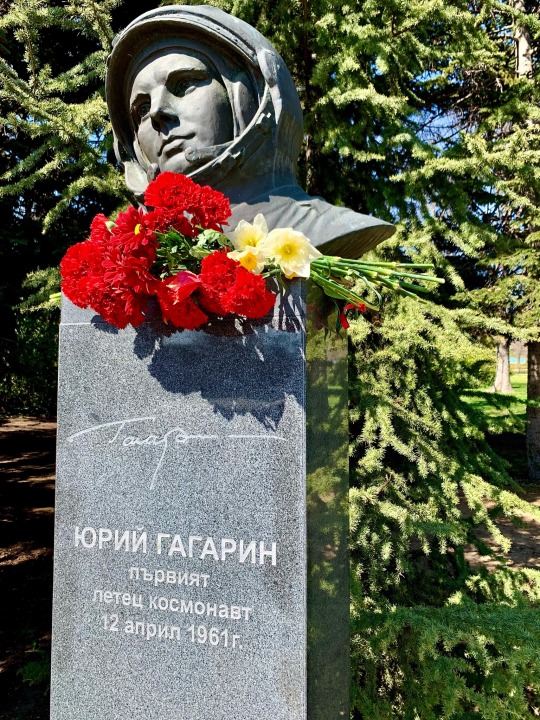
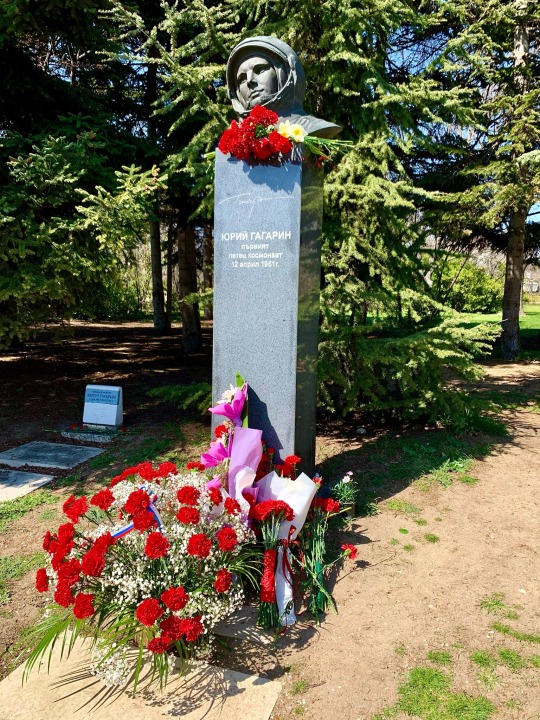
Космос — наш! Юра — спасибо!
#bulgaria#black sea#bg#varna#sea#balkan#bulgara realty#travel#trip#12 aprile#kosmos#international space station#space#gagrin
9 notes
·
View notes
Photo

Packing tape portrait
Finishing of Gagarin portrait out of packaging tape. More than 20 layers of brown packing tape on light-box. Size: 185 x 90 cm.
#попарт#popart#popular#packingtape#bestofart#instagood#cool#photooftheday#artoftheday#tapeart#artwork#tape#gagrin#bestoftheday#ostapartist#stickytape#artiststudio#art#design#diy#dailyart#скотчарт#packband#kunst#portrait#contemporaryart#kunstwerk#picoftheday#instacool#making of
3 notes
·
View notes
Text
I think statements "There exists widespread Russophobia" and "Russia should be punished for its recent actions" are both true.
Further on this point under readmore
Ive seen many ridiculous stories like redacting name of Uliy Gagrin the first man in space in space confirence even though he has nothing to do with current conflict and died long before Russia was a country, banning Russian exibits from a museum (I think that was a fucking cheese museum or smthn like that) and people just harassing people of Russian origin all over the world without even asking about their political stance on the war.
That isnt punishment for Russia the country, for people who run it, who decided to start a war. People who do that are just being Russohobic cuz I wouldnt harass any random stranger for being from America bc I am angry about war crimes America commited.
A stranger commented on my post about how I was anxious about if Russia going to go to another pointless war "Fuck off Russian" bc well Im Russian ofc Im evil.
4 notes
·
View notes
Text
Yuri Gagarin: The Spaceman Who Came In From The Cold
Yuri Gagarin belied the West's austere impression of the Soviet Union – a charming, easygoing Russian with a ready smile. The first man in space became a powerful propaganda tool.
— By Stephen Dowling | 12th April 2021
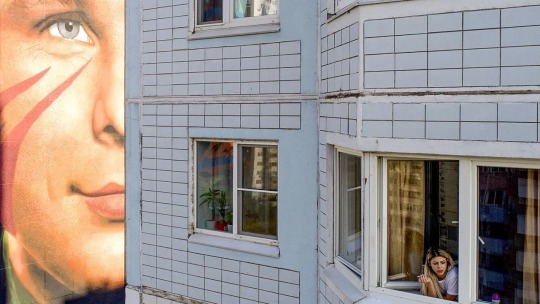
It was the smile that clinched it.
The first cadre of Soviet space explorers gathered together numbered 20. Among them were Gherman Titov, still the youngest person to fly in space (aged 26), and Alexei Leonov, the first person to venture out of the safety of a capsule to conduct a spacewalk.
But these pioneers still followed in the footsteps of another.
The cosmonaut who would become the first man in orbit needed to be a calm and confident pilot, someone able to function on a mission no person had ever encountered without going to pieces. But there was more to this selection process than pure technical skill.
Yuri Gagarin's smile, it's been said, could melt the stoniest heart, and not even those at the highest echelons of Soviet power were immune. When Sergei Korolev – the USSR's chief rocket designer – first met the cadre of pioneering cosmonauts, he spent most of that first meeting chatting to the charismatic Gagarin. Korolev would later call him his "little eagle".
Gagarin's historic mission in Vostok 1 on 12 April 1961 lasted one hour and 48 minutes – far less than the average multiplex movie. The 5ft 2in (155cm) fighter pilot and former foundry worker – his short stature perfect for the cramped interior of the Vostok capsule, it turned out – blasted into space from the Baikonur Cosmodrome (now in Kazakhstan) with a delightfully informal quip into his earpiece: "Let's roll!" Less than two hours later, his re-entry capsule landed on the ground near the city of Engels in Western Russia, with Gagarin himself landing by parachute minutes later.
A farmer and her granddaughter, who had seen the round capsule fall heavily to Earth, were greeted by the site of a strange, silver-suited figure. "I told them, don't be afraid, I am a Soviet like you, who has descended from space and I must find a telephone to call Moscow!" Gagarin later wrote in his log book. In a few short weeks, the cosmonaut's face would become one of the most recognisable in the world.
Yuri Gagarin had become the first human to conquer space. The politburo had another mission for him – to conquer the world.
The Soviet Union's leadership knew that should the maiden mission be successful, the first human in space would become a face recognised around the world. The first cosmonaut would become a weapon of soft power.

Gagrin's dazzling smile helped make him one of the most recognisable people on the planet (Credit: Gamma Keystone/Getty Images)
The Soviets kept quiet about Gagarin's mission until he had returned safely to Earth – and then broadcast the news far and wide via the state news agency Tass. The reports sent shockwaves around the world, not least in the US, which had been trying to beat the Russians to the first manned flight. "About 4am, telephones began buzzing up and down the east coast of the United States as reporters demanded responses from Nasa officials to the Tass dispatch," Nasa wrote in a report on Gagarin’s mission. "John A 'Shorty' Powers half-consciously replied to his first inquisitor, 'We're all asleep down here'." One widely celebrated US newspaper headline later that day reads: "Soviets put man in space: Spokesman says US asleep."
At this stage, Gagarin was just a name, a previously unknown Soviet air force pilot now being trumpeted as the first space explorer. On 14 April, two days after he returns to Earth, the USSR unveils the cosmonaut to the world at a giant gathering in Moscow's Red Square after a 12-mile (10km) parade through the city. Millions of Soviet citizens attend.
There are crowds wherever he goes to meet him, even in the UK, which is very firmly in the US camp – Tom Ellis
"[Soviet leader] Nikita Khrushchev said before: 'It's not going to be stage-managed, this is going to be spontaneous'," says Tom Ellis, a professor of Cold War history at the London School of Economics. "And the gathering is spontaneous, there's this amazing footage of labourers and students all dancing together." It's thought the celebrations to mark Gagarin's return are the biggest since the end of the war in Europe, 16 years before.
Gagarin's charisma and easy smile are quickly evident. There are invitations for the first cosmonaut to visit from across the globe. "There are crowds wherever he goes to meet him, even in the UK, which is very firmly in the US camp," says Ellis. "It's very difficult for us now to understand the interest. People just wanted to get a glimpse of him."
Gagarin's humble roots are a godsend for the Soviet propaganda industry. Born to peasant farmers in a small village near the western Russian city of Smolensk, Gagarin's village was invaded by the Germans when he was only seven years old; his family are evicted from their home and have to spend the next 21 months living in a mud hut. Yuri sabotages German equipment and is lucky to survive the war, though he spends several months in a hospital. He's a gifted student – especially in engineering and maths – but is no bookish wallflower – he's equally good at sports, and works in a foundry while studying. Later, after graduating as a military pilot, he flies MiG fighter jets in the far north of Russia, near the Finnish border. Out of hundreds of applicants, he is one of the first 20 chosen as the USSR’s first batch of cosmonauts.
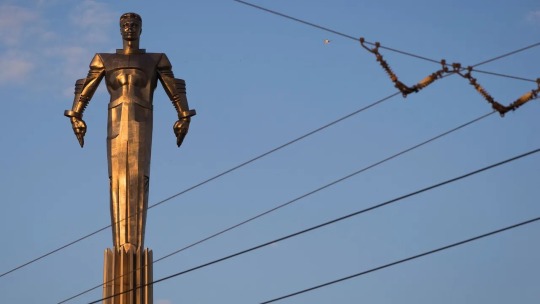
Gagarin's achievement is remembered through statues like this one in Moscow (Credit: Joel Sagat/AFP/Getty Images)
Gagarin's visit to the UK, three months after his historic flight, is initially a cautious affair. The US-aligned United Kingdom steps carefully around the politics, refusing to make it a state visit, even though Gagarin is accompanied by an official delegation. The UK authorities are perhaps taken aback by the excitement. A foundry workers' union – in honour of Gagarin's former occupation – invite the cosmonaut to Manchester, and Gagarin accepts, extending his stay. "There's quite a famous moment when he's appearing in Manchester, and he stays in an open-top car even though it's raining, because, he says, 'The people have come to see me.'"
Gagarin's world tour comes at a delicate time in East-West relations. It is only a few months before the building of the Berlin Wall. His flight takes place only a few days before the abortive US-backed Bay of Pigs invasion of Cuba; the Cuba Missile Crisis a year later will bring the world closer to a nuclear confrontation than ever before. Amid such tension, Gagarin's visit is a rare moment of celebration, and possibly a way of building detente. "One of the other people who was working with him said, 'That person who asks for an autograph and gets a moment with him, will come back and show all their friends and family, and start reading more about the space programme,'" says Ellis.
In the UK, Gagarin's popularity took the establishment by surprise
"When he came here to England, he was seen as a superhero," says Gurbir Singh, a space journalist who has written a book about Gagarin's visit to the UK. "He had experienced something no one else had experienced. Apart from the speed and altitude records he achieved… he'd also experienced a realm – space, micro-gravity, weightlessness – something no one had ever experienced, and for a few months, no one else would experience."
In 1957, the launch of Sputnik 1 had sent a spasm of panic around Western nations, who saw it as proof of the USSR's ballistic missile arsenal. But Sputnik never survived its historic mission, Gurbir says, burning up in the atmosphere some three months later. "Gagarin was a person, a human being, a very delightful character… he came across as a very warm and engaging individual. And that smile! Everybody I spoke to remembered that."

Gagarin's iconic presence did not die with the fall of the Soviet Union (Credit: Yuri Kadobnov/AFP/Getty Images)
In the UK, Gagarin's popularity took the establishment by surprise. "He certainly met the prime minister MacMillan and the Queen at Buckingham Palace, and neither of those two things were on the cards at the time he arranged to come. It was very confusing for the British government, to on the one hand recognise the technological achievement. And it was a huge technological achievement – and the bravery of this individual… it was a very high-risk adventure." Gagarin, it emerged later, was lucky to survive the mission – not because of problems in space, but because his re-entry module had failed to disengage properly from the orbital module. The cables failed to cut correctly and the two craft spun violently until the wires gave way. Only after that was Gagarin able to eject from the module and make it safely back down to Earth. "So when he did come over, everybody in the West acknowledged that this was a huge achievement for the Soviet Union."
This glorification of Gagarin's humble roots goes deeper than a simple East-vs-West battle of wills
"It put the senior politicians here in the UK in a very awkward position. One the one hand they did want to acknowledge the huge achievement for the Soviet Union, but on the other hand they didn't want to upset the allies across the Atlantic. At that time the American space programme was struggling to catch up. In the end there was a compromise, the invitation for Gagarin to visit the UK didn't come from the British government, it came from various places – including the mayor of Newcastle." An exhibition promoting the Soviet Union, which started the day before Gagarin arrived, was another convenient peg on which to hang his visit.
Though by this time Gagarin had already visited Prague in then-Czechoslovakia and the Finnish capital Helsinki, Singh says the London visit was the pinnacle because "it was the heart of the capitalist West".
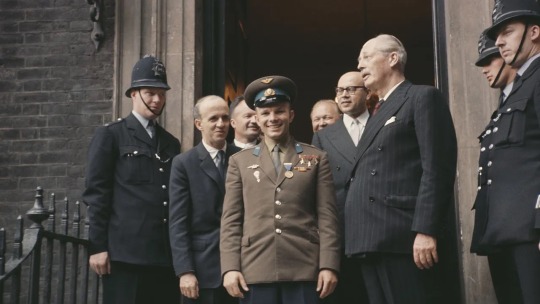
Gagarin's popularity took the British government by surprise, and audiences with the prime minister and the Queen were hastily arranged (Credit: Hoxton/Getty Images)
The ever-smiling Gagarin was, Ellis says, "a much more appealing face for communism. Gagarin is a really charismatic figure. He embodies the Soviet Union and the journey it's going through. He's had a childhood interrupted by the war… he's come from a collective farm to the stars in just 27 years. It's kind of what the Soviet Union has done, too." When his parents attend his parade in Red Square, they are told to dress simply – further strengthening the "carpenter to cosmonaut" ideal the Soviet top brass wishes to present.
This glorification of Gagarin's humble roots goes deeper than a simple East-vs-West battle of wills, says Ellis. The early 1960s is a period of enormous global change, with many former colonies finally gaining their independence. Ellis says the exploits of Gagarin – and wider Soviet accomplishments – are a "model of development" for many new nations. "The Soviets are essentially saying to them, 'Look, we've been through the same things that you have, we were technologically backward, and we've managed to forge ahead and get to space in a short amount of time.'" The garrulous, ever-smiling Gagarin was the easygoing public face of something more imposing – a giant technical/industrial base able to design and build a rocket to send a human into space.
Gagarin's tour included a stop off at the United Nations in New York (technically he did not set foot on US soil because he was taken from the airport to the UN by helicopter) but also visited some newly independent nations, like India, Sri Lanka and Afghanistan.
When he died, it all started to go wrong for the Soviet Union – Tom Ellis
Unlike most of his contemporary cosmonauts – such as Alexei Leonov, who passed away in 2019 aged 85 – Gagarin is frozen in time. The statues and paintings, like the young cosmonaut himself, never age. After his world tour, Gagarin became deputy director of the new Cosmonaut Training Centre. Sudden fame and the pressure of his diplomatic duties put strain on his marriage; there were rumours of a drink problem and infidelities, including one where Gagarin leapt out of a window after being caught by his wife in bed with another woman.
Gagarin then focused on getting fit enough for a return to space. The first cosmonaut was reserve pilot for the first Soyuz mission in April 1967; this mission ended in tragedy, killing Gagarin's friend Vladimir Komarov. Soviet authorities banned him from space travel, though Gagarin still insisted on logging enough flight hours on jet aircraft to remain a credible instructor. It was on one of these flights, in March 1968, that Gagarin died. In an incident still mired in conspiracy and controversy, Gagarin's MiG-15 trainer crashed in woodland just outside Moscow. he was only 34.

Gagarin's feat ensured that huge crowds greeted everywhere on his world tour (Credit: Daily Herald/Getty Images)
"When he died, it all started to go wrong for the Soviet Union," says Ellis. "Korolev dies. You have the Americans surging ahead with the Saturn 5 rocket [which eventually takes them to the Moon]. They know they're in trouble. "Gagarin's status survives the Soviet space programme being eclipsed by the Americans. "He's enshrined as a hero," says Ellis. "When Neil Armstrong visits the Soviet Union, he is mobbed by crowds who are really pleased to see him. Nasa thought that it's maybe because Armstrong looks a little like Gagarin."
4 notes
·
View notes
Text

OFFICIAL SELECTION
The French Dispatch (Wes Anderson)
Passion Simple (Danielle Arbid)
Josep (Aurel)
Au Crépuscule (Sharunas Bartas)
Les hommes (Lucas Belvaux)
Rouge (Farid Bentoumi)
Here We Are (Nir Bergman)
Teddy (Ludovic & Zoran Boukherma)
Un triomphe (Emmanuel Courcol)
9 jours à Raqqa (Xavier de Lauzanne)
Soul (Pete Docter)
Vaurien (Peter Dourountzis)
Slalom (Charlène Favier)
The Real Thing (Kôji Fukada)
Ibrahim (Samir Guesmi)
On the Way to the Billion (Dieudo Hamadi)
Sweat (Magnus von Horn)
February (Kamen Kalev)
True Mother (Naomi Kawase)
Truffle Hunters (Gregory Kershaw, Michael Dweck)
Broken Keys (Jimmy Keyrouz)
Beginning (Déa Kulumbegashvili)
L'origine du monde (Laurent Lafitte)
Ammonite (Francis Lee)
Gagrine (Fanny Liatard, Jérémy Trouilh)
16 Printemps (Suzanne Lindon)
ADN (Maïwenn)
Si le vent tombe (Nora Martirosyan)
Garçon Chiffon (Nicolas Maury)
Mangrove (Steve McQueen)
Lover's Rock (Steve McQueen)
Goodman (Marie-Castille Mention-Schaar)
Casa De Antiguidades (João Paulo Miranda Maria)
Aya and the Witch (Goro Miyazaki)
Falling (Viggo Mortensen)
Les Choses Qu'on Dit, Les Choses Qu'on (Emmanuel Mouret)
Last Words (Jonathan Nossiter)
Summer of 85 (François Ozon)
Nadia Butterfly (Pascal Plante)
Les deux Alfred (Bruno Podalydès)
Flee (Jonas Poher Rasmussen)
Enfant terrible (Oskar Roehler)
La mort du cinema et de mon père aussi (Danielle Rosenberg)
Peninsula (Yeon Sang-ho)
Heaven (Im Sang-soo)
Limbo (Ben Sharrock)
John and the Hole (Pascual Sisto)
Pleasure (Ninja Thyberg)
Le discours (Laurent Tirard)
Forgotten We'll Be (Fernando Trueba)
Antoinette dans les Cevennes (Caroline Vignal)
Another Round (Thomas Vinterberg)
Un médecin de nuit (Elie Wajeman)
Striding into the Wind (Shujun Wei)
Eight And A Half (John Woo, Johnnie To)
2 notes
·
View notes
Photo
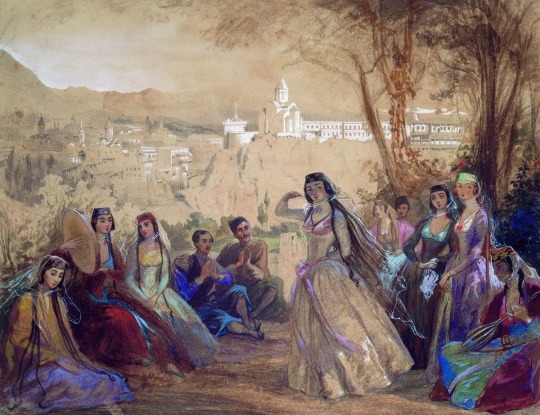
"Lezginka. Tiflis" G.Gagarin (1840)
"Лезгинка.Тифлис" Г.Гагарин (1840)
#art#painting#1840#grigirii gagrin#georgia#tbilisi#искусство#картина#григорий гагарин#грузия#тбилиси
21 notes
·
View notes
Text

Glory to the first cosmonaut Yuri Gagrin! (1961)
17 notes
·
View notes
Video
youtube
3D модель ракеты Восток-1 3D модель Королевской "семерки", ракеты Восток-1 (ракета Р-7А). Разборная модель создана для школьного доклада ко Дню космонавтики. 3D печать из ABS пластика компании FDPlast.
0 notes
Photo

Сегодня день рождения одного из самых важных, самых значимых людей 20 века, человека, который достиг новых рубежей для всего человечества, для нашего будущего. С Днём Рождения, Юра! #деньрождениягагарина#юрийгагарин#новыерубежи#будущее#gagrin#spase (at Krestovsky Island)
0 notes
Photo

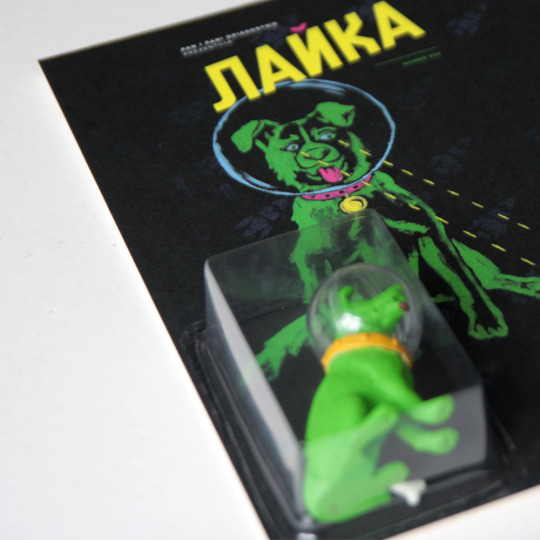
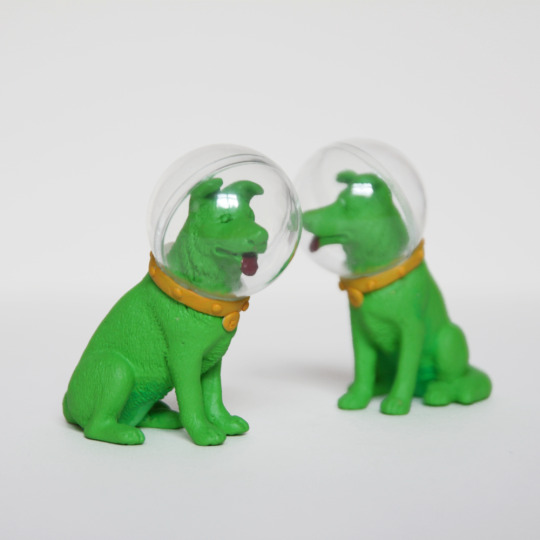
Dziadostwo nr. 032 Łajka (2021)
Figurka z gatunku custom bootleg toy. 2 sygnowane egzemplarze. Odlew z żywicy poliuretanowej, modyfikowany masą modelarską. Plastikowy hełm. Do każdego egzemplarza była ręcznie ulepiona z masy modelarskiej kość.
Nie zmienimy tego gdzie i kiedy się urodziliśmy. Gdy zapytasz kogoś, kto wychował się w bloku wschodnim, o to kto był bohaterem kosmosu, bez wahania powie, że Gagrin i pies Łajka. Armstrong? Aldrin? A kto to? Propaganda żelaznej kurtyny zrobiła swoje. Jest w naszych głowach do dziś i ma się dobrze. Co jakiś czas ulewa nam się z pamięci, czy to we wspomnieniach czy też bezpośrednio na płótno. To pierwsze Dziadostwo, które powstało w kolaboracji z moją żoną Weroniką. Figurka zainspirowana akrylowym obrazem z serii „Animal Pop”, o małym piesku z moskiewskich ulic, który chciał tylko być kochanym i mięć co jeść. Zamiast tego poleciał w kosmos. By umrzeć.
0 notes
Quote
Long time ago, the son of a carpenter ascended into heaven; in The VOSTOK-1 Spacecraft.
1 note
·
View note